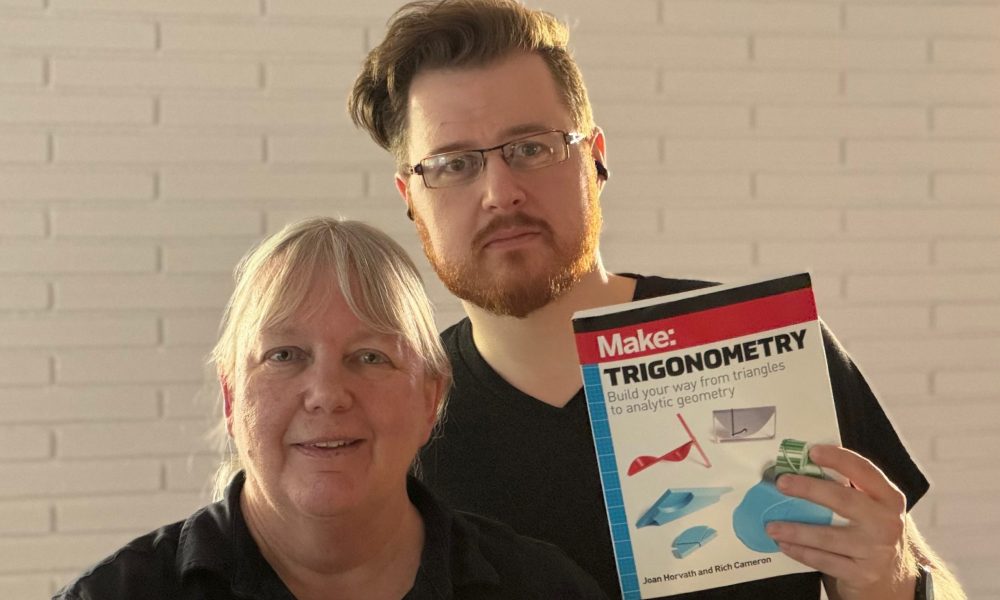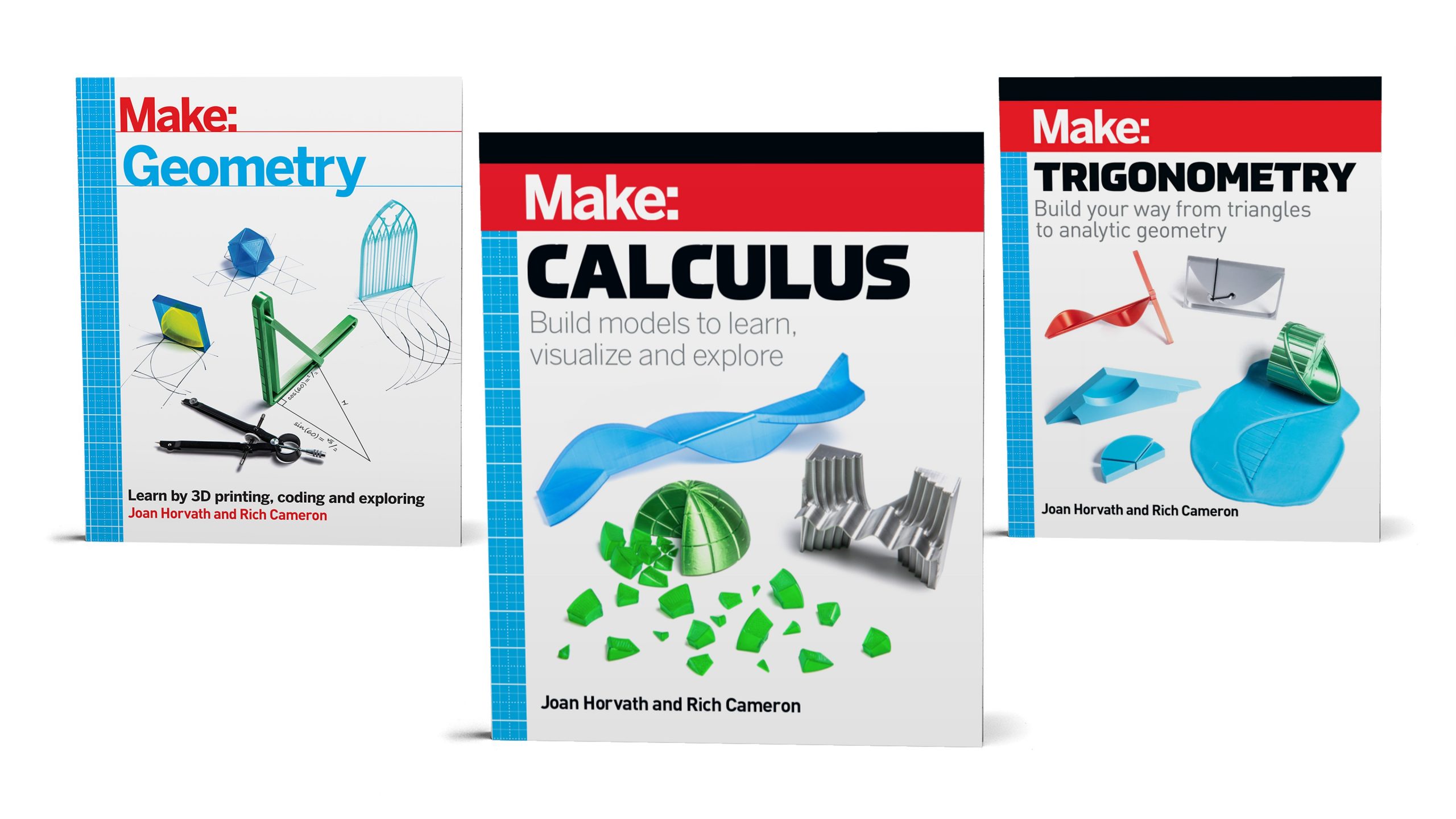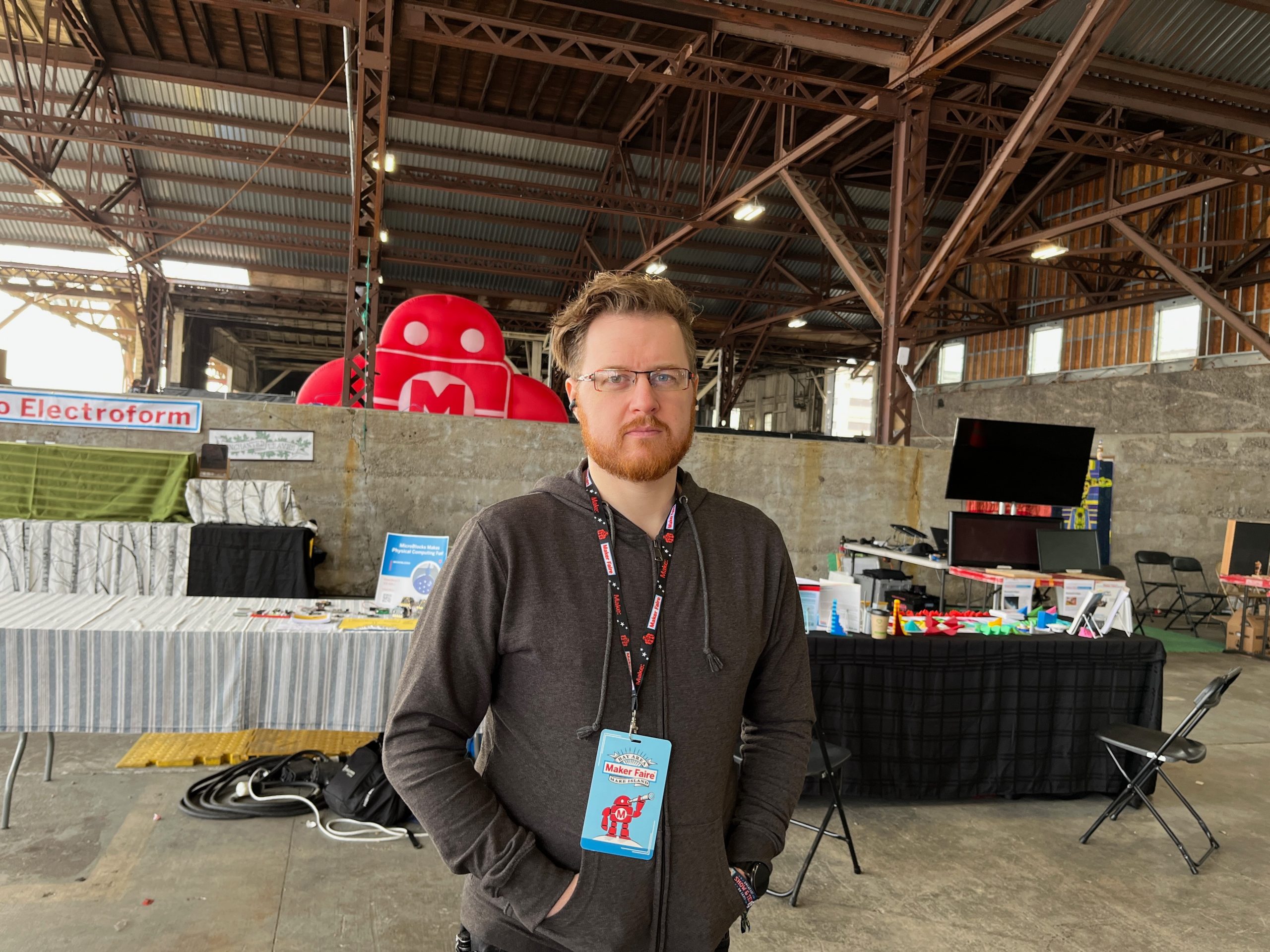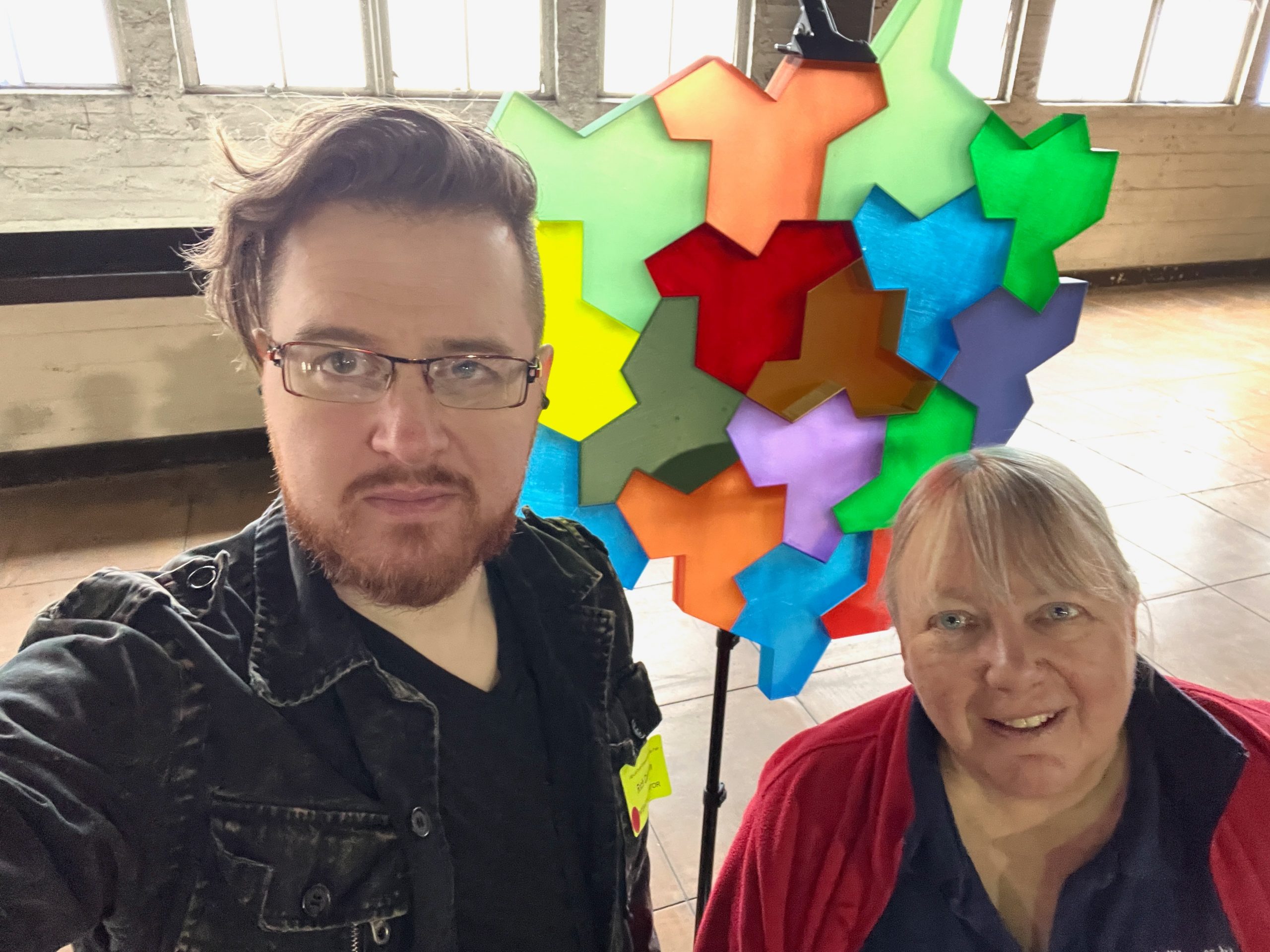

Today we’d like to introduce you to Joan Horvath and Rich Cameron.
Hi Joan and Rich, we’re thrilled to have a chance to learn your story today. So, before we get into specifics, maybe you can briefly walk us through how you got to where you are today.
Joan: When I was growing up, I wanted to be an astronaut. I went to an all-girls high school in New York. Then I went to MIT, where it was quite a shock to have mostly guys in class. I earned a degree in aeronautics and astronautics and, later, a master’s at UCLA. The astronaut thing didn’t happen, but I did work as a rocket scientist at JPL for 16 years. I then decided that she wanted to move into the entrepreneurial sphere and tried several things before falling into 3D printing.
Rich: I was into science and technology from a young age and always loved to build things. I had a subscription to Discover Magazine as a child and remember reading their article on 3D printing in the early 90s. It was the coolest thing I had ever seen, but I didn’t think I would ever have the chance to own one. By 2010, I was part of a project that freely shared designs for 3D printers made from 3D-printed parts.
I’m sure it wasn’t obstacle-free, but would you say the journey has been fairly smooth so far?
It is not easy to create change in the educational sphere. One space where it can be a little easier is in special education, where the need is great and existing materials may not work very well for students. Some people in the blind and visually impaired community were early fans of our work, and we started thinking about how to support them better.
We found that thinking about how someone blind would use a model to learn math forced us to think differently. It made us want to make the models stand-alone, without equations or labels written on them, which has made them much easier for everyone to use and understand. We have also had enthusiasm in the homeschool market and afterschool programs. We are still slowly nibbling around the edges of mainstream education.
Alright, so let’s switch gears a bit and talk business. What should we know?
In 2013, we met at a Kickstarter-funded 3D printer company. Rich was designing what would become the Bukito portable 3D printer, and Joan was looking to learn about 3D printing to apply it to educational ideas. At the time that Joan walked in the door, the 3D printer company was just two people, and after a little while, she became the third.
Competition from low-cost Chinese 3D printers changed the 3D printing industry dramatically in late 2014, and we left to form a company that would not be so vulnerable to those economics. We founded Nonscriptum LLC in January of 2015 to teach people how to use 3D printers. Most of our early customers were schools wanting us to help their teachers get started.
We quickly found, though, that teachers also needed ideas for how to teach with 3D printers. We wound up writing two books of 3D printable science projects for Apress, as well as a fashion tech book to teach how to use wearable electronics. But what teachers really wanted was a curriculum that would work in parallel with a whole subject, like, say, geometry, and inject hands-on learning where it made sense.
Several pieces came together for us to be able to create materials to do just that. Joan approaches math pretty much in the way it is usually taught, with equations and little sketches. Rich, however, is more geometrically focused and inclined to make a model to visualize what he is learning. He decided to teach himself calculus and took a look at Isaac Newton’s original work, Principia Mathematica, published in 1666.
As it turns out, Newton’s work had many geometrical drawings, just as Rich likes to learn, with no equations – exactly what we wanted for our approach. We wondered what would have happened if Isaac Newton had owned a 3D printer, and that line of brainstorming became our Make: Calculus book. The book starts teaching calculus with LEGO bricks and then moves on to 3D prints the reader can make and other hands-on activities.
Since we founded it in 2015, Nonscriptum LLC has evolved into primarily creating materials to help people learn 3D printing and math. We have written ten books together, with an eleventh in work. Three of these are math books: Make: Geometry, Make: Trigonometry, and Make: Calculus. We also have video courses on LinkedIn Learning and teach others how to use our materials. Details are on our website at nonscriptum.com; check out the Projects and Classes page for details. We hope we are just at the start of our adventure!
Where we are in life is often partly because of others. Who/what else deserves credit for how your story turned out?
We have had several wonderful editors early on who have believed in us while keeping us honest. We also have appreciated the support of everyone in the Make: and Maker Faire family for cheerleading our projects.
Contact Info:
- Website: https://www.nonscriptum.com



Image Credits
Joan Horvath
Rich Cameron
Make: Community LLC














